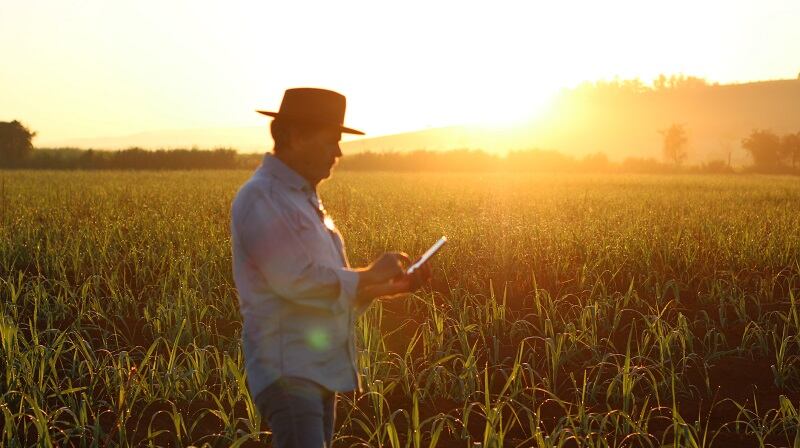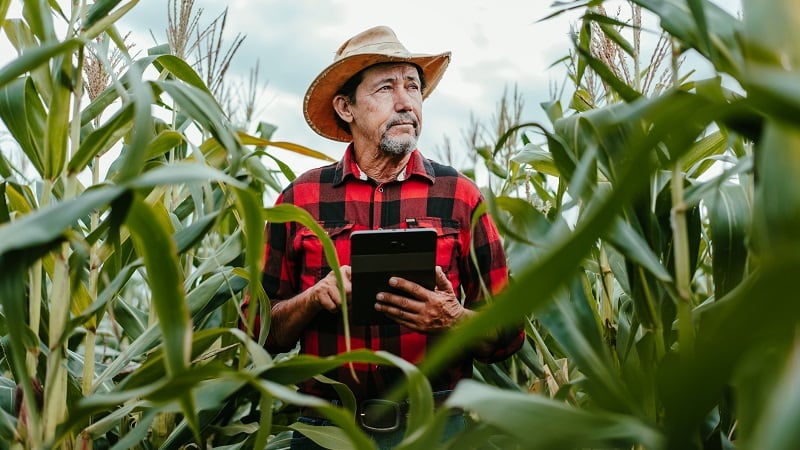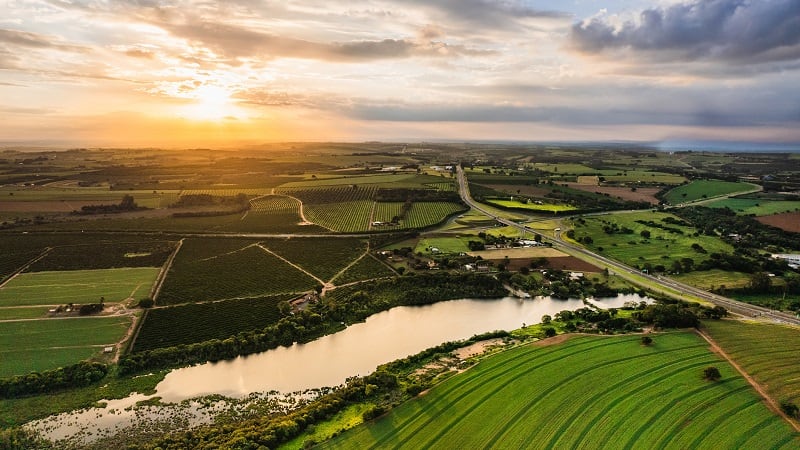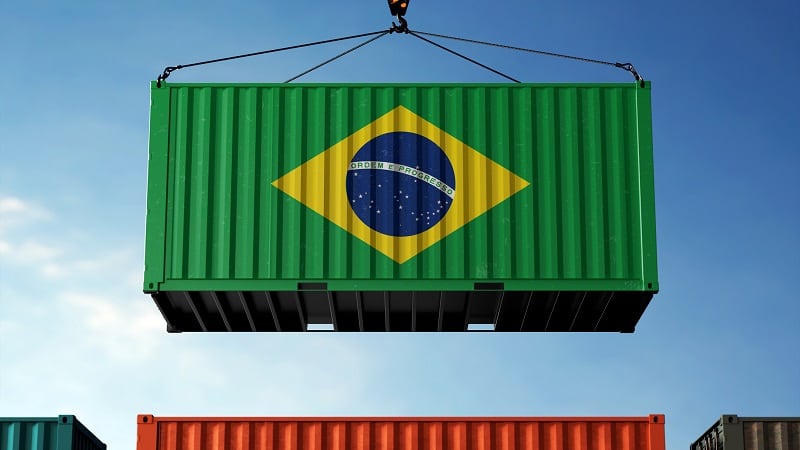Precision agriculture, digital commodity tools, and various farm management apps would not be a reality without internet connectivity, and one organization is on a mission to spread 4G and 5G across rural communities in Brazil.
ConectarAgro was founded in 2017 with corporate support from Nokia, AWS, Massey Ferguson, Valtra, Fendt, and other industry partners. The non-profit has helped boost internet connectivity rates from 10% of productive farmlands in 2017 to around 34% today, according to the organization’s Rural Connectivity Indicator.
“We understand that connectivity is the enabler for digitization, and digitization is a key for productivity, increasing efficiency and sustainability,” Renato Bueno, administrative director at ConectarAGRO and Nokia representative, told AgTechNavigator during an interview at World Agri-Tech.
Access to the internet “is very heterogeneous” across the country, oscillating between high and low levels of connectivity depending on where you are in the country, Bueno explained. In rural areas, a network of more than 10,000 small internet service providers helped build a “massive fiber optic infrastructure,” he noted.
“In São Paulo or in some of the southern states in some areas, we have above 90% [4g connectivity], even some city areas with close to 100% connectivity. But you go to Mato Grosso, or other frontiers in the west of Brazil, or in North Brazil, you have below 20% or even 0% in some areas,” Bueno admitted.
Additionally, connectivity varies from a farm’s head office and field operations, with the latter being vital for agtech solutions, Bueno explained.
“With Starlink and [Nokia’s] solutions, pretty much every farm office everywhere in Brazil can have connectivity. ... The challenge is how you bring that connectivity to the actual production field because that is when the real transformation occurs,” he elaborated.
How does government support factor into connectivity?
The Brazilian government and the ag sector are making meaningful investments in improving rural connectivity and creating new agtech solutions, Bueno explained. Last year, Brazil received a $100 million loan from the Inter-American Development Bank to improve rural connectivity, improving nearly 2.5 million lives, the bank shared in a press release.
“The agribusiness has been investing heavily in technology and machinery, and we must also count the role of Embrapa. The state company has been leading and driving some of the most disruptive advances in terms of new processes for the agribusiness,” Bueno elaborated.
Additionally, Brazil’s government stepped in to spur Internet of Things (IoT) adoption with the National IoT Plan, which provided tax relief on four fees related to implementing and operating IoT devices and was part of several proposals outlined in the Brazilian Strategy for Digital Transformation.
Many precision ag solutions rely on IoT sensors, which leverage 4G and 5G services to connect their devices to the cloud, providing real-time field data.
“We understand that connectivity is the enabler for digitization, and digitization is a key for productivity, increasing efficiency and sustainability.”
Renato Bueno, administrative director at ConectarAGRO and Nokia representative
These subsidies are set to expire unless action is taken, which could hold back connectivity and agtech advancements, Bueno noted.
“Brazil is a pretty regulated country with pretty heavy and complex taxation mechanisms. So, one discussion and battle that we have been having is to maintain the IoT subsidies. So, there are heavy taxes on people, mobile phones, data SIM cards and plans. This taxation cannot be applied on sensors, ... otherwise it is simply not viable economically for the end user,” Bueno said.





